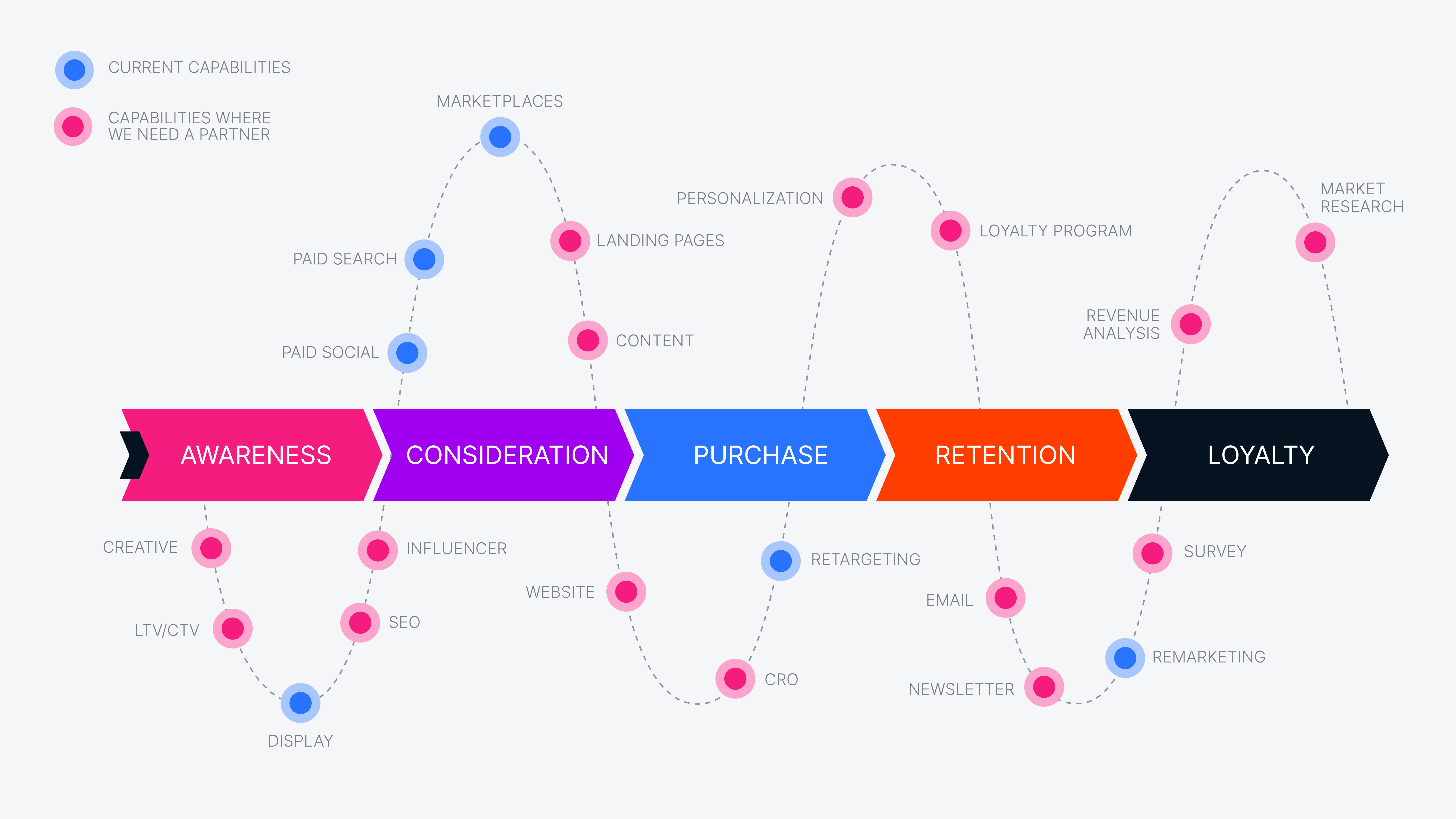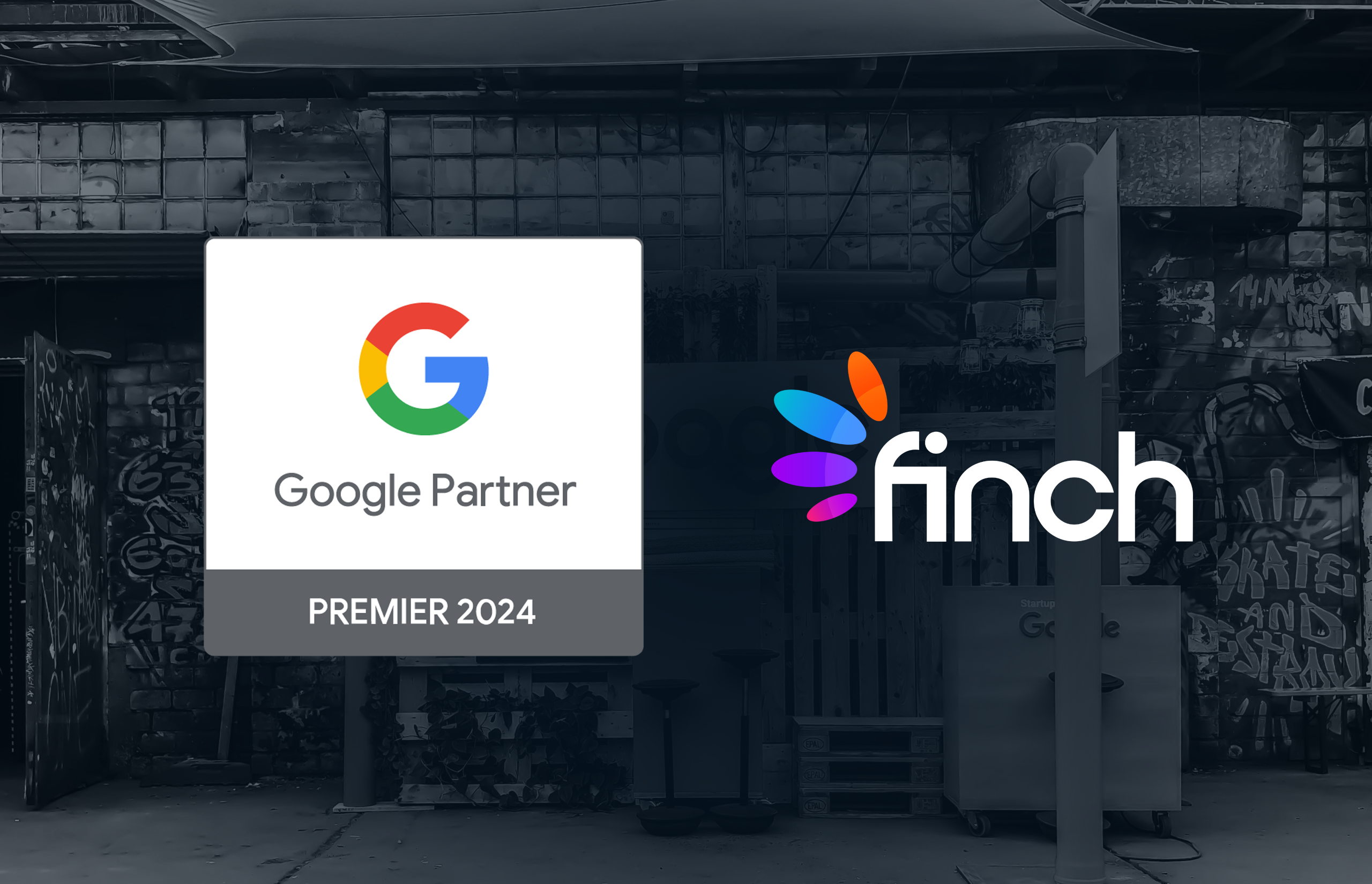Although different Demand-Side Platform companies may have different elements or different names, they all share a similar structure to fulfill their role of serving ads programmatically.
What is a DSP (Demand-Side Platform)?
A demand-side platform, often abbreviated to DSP, is a programmatic advertising platform that allows advertisers to bid automatically on display, video, audio, connected TV, and native ad inventory from a wide range of publishers. Sometimes even search and mobile-specific inventory as well!
A demand-side platform can automate the decision-making process on how much to bid for an ad in real-time. DSPs make the ad-buying process significantly faster, cheaper, and more efficient.
The key feature of demand-side platforms is that instead of buying inventory from publishers, what you buy is the ability to reach specific audience segments based on the DSP targeting capabilities across a range of publisher sites.
Demand-side platforms are an evolution of ad networks, which have been incorporating capabilities like real-time bidding into their offering as well.
Components & Terminology of Today’s Demand-Side Platforms
Bidder
The bidder is the most important element of the DSP, as it’s what places bids on ad impressions on a real-time bidding (RTB) process. As the RTB process concludes in milliseconds, being able to execute the bid as fast as possible is crucial. Most DSPs use multiple data centers spread around the world to minimize latency. Demand-side platforms use analytics to forecast impression bids based on historical information.
Ad server
The ad server of the DSPs is what actually serves the required ad elements to the publisher’s website. But they do much more than that. Ad servers also track the impression and conversion data, which can then be used to optimize the ad campaign. They also have fraud prevention functionality to detect false ad inventory. A demand-side platform can have its own ad server or integrate with an external one.
Campaign tracker and reporting
A key element of a DSP is the ability to track and record data about the ad effectiveness: impressions, ad viewability, clicks, CTR, conversions, ad spends etc. This is then presented on a reporting dashboard and used in the ad campaign optimization.
User profiling
DSPs record user data when they view an ad served by the DSP. Over time, they build a profile of the user, allowing them to assign them certain characteristics and place them in an audience segment based on the type of content they are consuming, where, and which ads they are clicking on. The user profile database is used in remarketing campaigns and ad optimization.
Budget manager
This element can be known in DSPs as the banker or the cashier. It’s what allows the advertiser to define the budget parameters of the campaign, like defining a maximum budget for the campaign. The budget manager can also define rules about how the budget is spent.
Integrations
DSPs integrate with ad exchanges and SSPs for advertising space, but they also integrate with other tools to increase their functionality, like data management platforms, analytics platforms, payment gateways, and brand safety solutions, which enhance the risk management capabilities of the DSP.
Ad exchange and SSP integration
One of the benefits of working with a DSP is the ability to reach multiple ad exchanges and supply-side platforms. Integrating several supply sources allows a demand-side platform to consolidate and centralize the ad-buying process, allowing an advertiser to have a wide cross-channel reach from a single source. Therefore an advertiser would expect their DSP to integrate with several ad exchanges and SSP.
Craving more DSP insights? We’ve got you covered.
Join our upcoming webinar “Audience Validation & Retargeting in a Post-iOS 14.5 World”
Want to get started with DSP?
Reach out to us!









